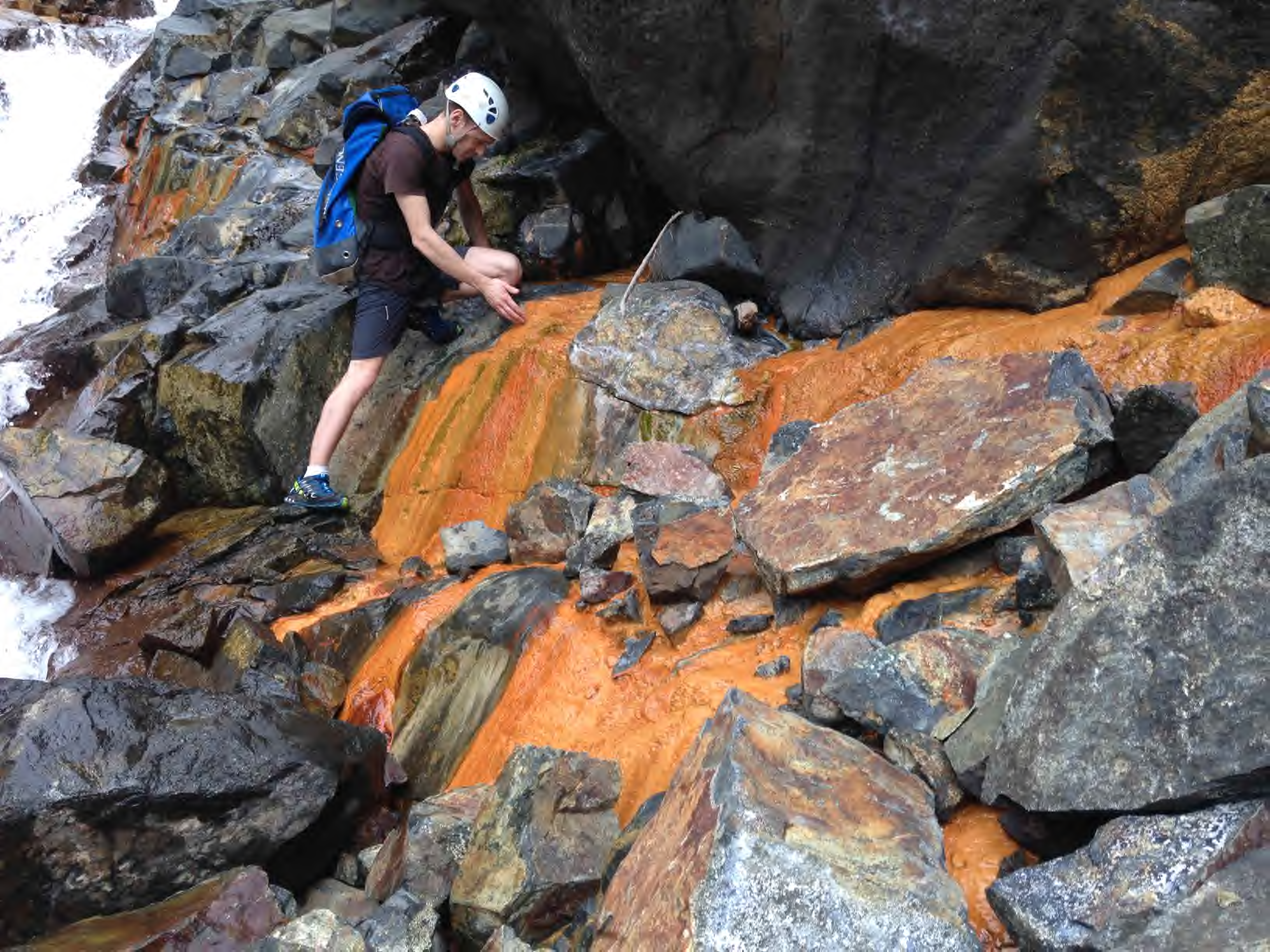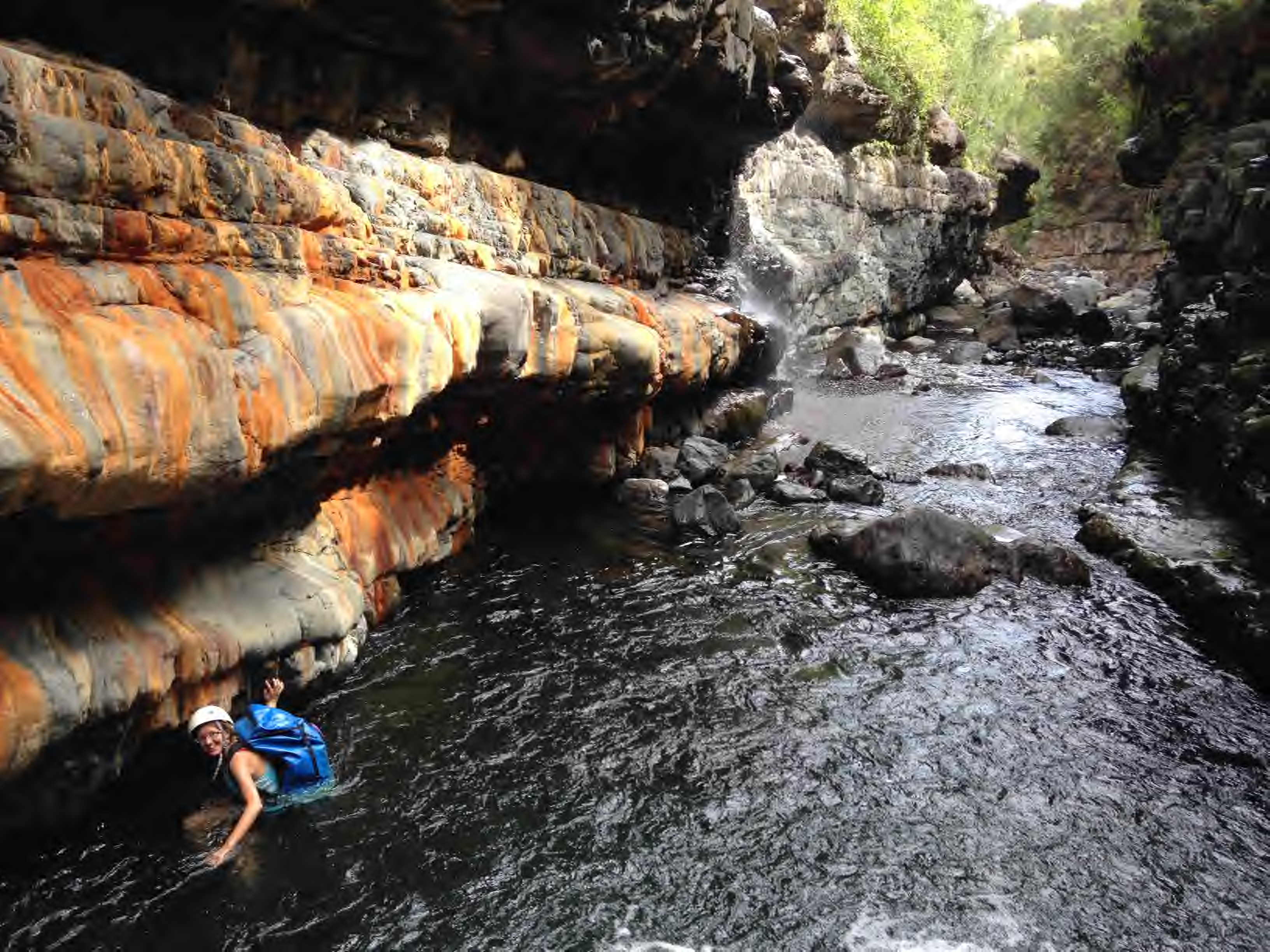Eruption dynamics of basaltic volcanoes is mostly characterized by the opening of eruptive fissures close to the volcano summit that feed lava fountains and lava flows. Such eruptions are classically observed at Piton de la Fournaise where eruptions last between a few hours to a few months. Sometimes, flank eruptions lead to a main pressure decrease of the shallow plumbing system and subsequent pit craters or caldera collapses. The most recent and largest example of these events occurred on April 2007.
We focused our activity on the variabilty of the eruption dynamics and on the dynamics of pit craters and caldera collapses.
We first show from field work in the summit zone and a review of historical reports that Piton de la Fournaise dynamics spectacularly changed at the end of the 19th century. Before this date, at least 3 long-lasting successive lava lakes developed at the summit during at leat 2 centuries. Main phreato-magmatic explosions punctuated this activity. Since 1860, the dynamics of Piton de la Fournaise moved toward frequent, short eruptions. At a longer time-scale (5 kyrs), we also show from the analysis of the Bellecombe Ash deposit that Piton de la Fournaise experienced several main explosive eruptions located inside and outside the current Enclos Fouqué and likely related to its formation. We propose that such events (main explosive eruptions and caldera collapses) are intimately link to the seaward displacement of the volcano eastern flank.
The dynamics of the April 2007 caldera collapse and its link with the coeval flank eruption was analyzed from the monitoring network of the Piton de la Fournaise volcano observatory. We show that the eruptions of February, March and April 2007, and the subsequent collapse, result from a main magma injection in February 2007. Comparing the collapse dynamics with that of 2000 Miyakejima and 1968 Fernandina caldera collapses allowed to decipher the physical parameters that control the collapse dynamics in basaltic setting.
Featured publications :
Michon, L., T. Staudacher, V. Ferrazzini, P Bachèlery, and J. Marti (2007), April 2007 collapse of Piton de la Fournaise: A new example of caldera formation, Geophys. Res. Lett., 34, L21301, doi:10.1029/2007GL031248.
Michon, L., F. Massin, V. Famin, V. Ferrazzini, G. Roult (2011), Basaltic calderas: collapse dynamics, edifice deformation and variations of magma withdrawal, J. Geophys. Res., doi:10.1029/2010JB007636.
Michon, L., A. Di Muro, N. Villeneuve, C. Saint-Marc, P. Fadda, F. Manta (2013), Explosive activity of the summit cone of Piton de la Fournaise volcano (La Réunion Island): a historical and geological review, J. Volcanol. Geotherm. Res., 263, 117-133. doi:10.1016/j.jvolgeores.2013.06.012.
Fontaine, F. R., G. Roult, L. Michon, G. Barruol, A. Di Muro (2014), The 2007 eruptions and caldera collapse of the Piton de la Fournaise volcano (La Réunion Island) from tilt analysis at a single very broadband seismic station,Geophys. Res. Lett., 41, 2803-2811, doi:10.1002/2014GL05969.
Ort, M., Di Muro, A., Michon, L., Bachèlery, P., (2016), Explosive eruptions from the interaction of magmatic and hydrothermal systems during flank extension: the Bellecombe ashes of Piton de la Fournaise (La Réunion Island). Bull. Volcanol., 37, 1, doi:10.1007/s00445-015-0998-8.

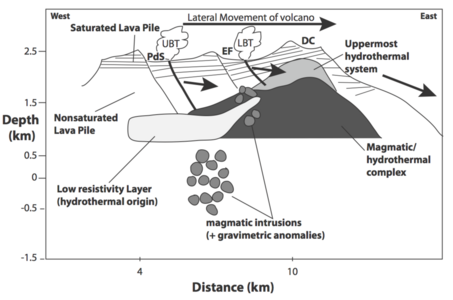
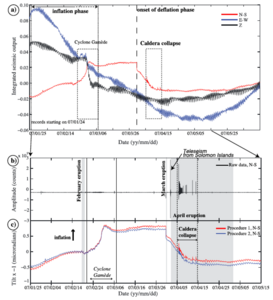
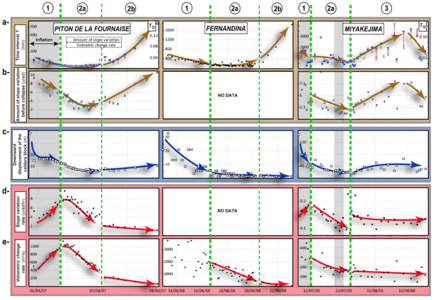
Piton des Neiges is well known for its thermal springs exploited since the XIXth century. Thermal springs are surface evidence for an active hydrothermal system, which ask the question about the geothermal potential of this dormant volcano.
Our research focuses on determining the nature and the location of the heat source responsible for hydrothermal activity, as well as the maximum temperature reached by the hydrothermal fluids. The goal of this research is to encourage industrial investment for the development of geothermal energy at La Réunion as a more sustainable energy source than fossile fuel.
